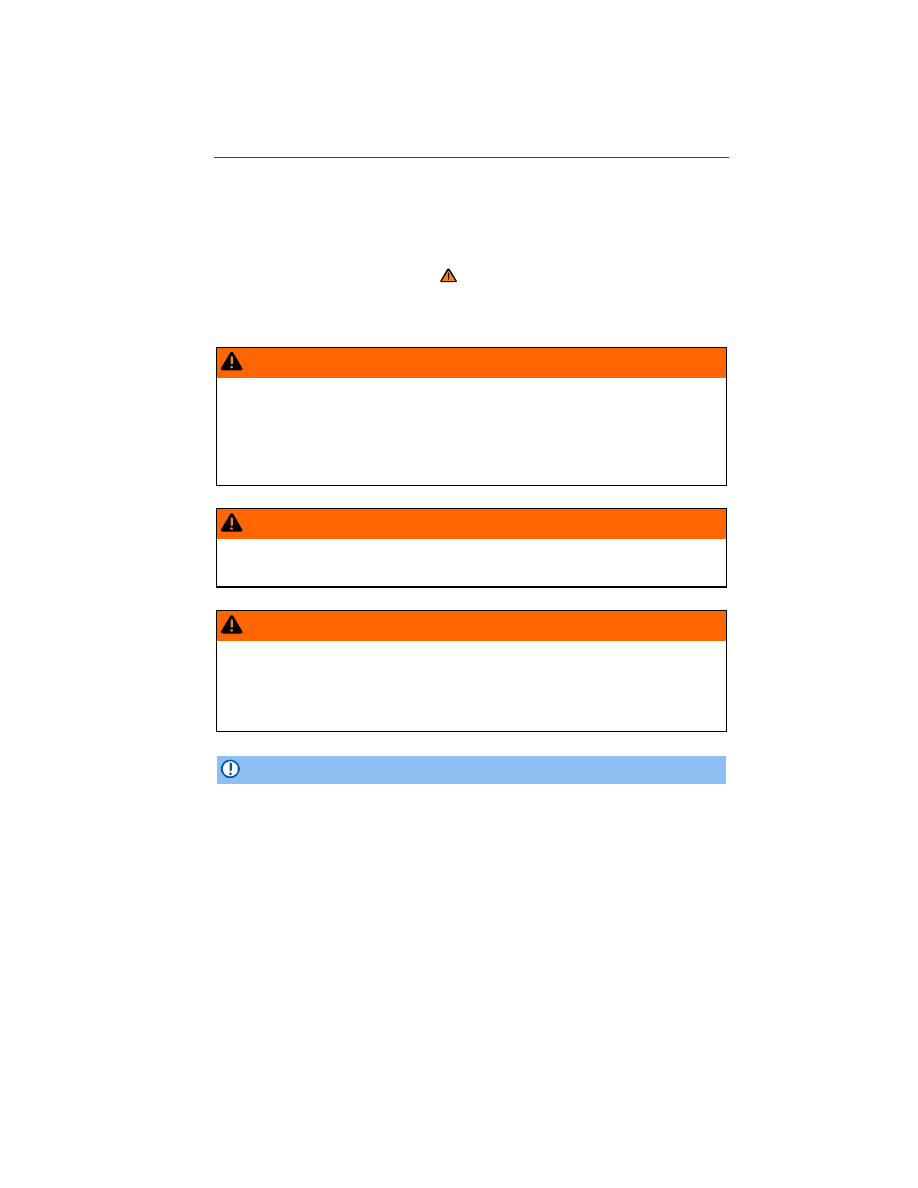Volkswagen Beetle (2015 year). Manual - part 12

Cup holders
Introduction
In this section you’ll find information about:
Cup holders in the front center console
Cup holder in the rear center console
Bottle holders
There is a place for bottles in the open compartments in the driver and passenger doors. The bottle
volume must not exceed 16.9 oz (0.5 liter)
⇒
.
More information:
Interior care and cleaning
WARNING
Improper use of beverage holders can cause injuries.
Never put hot drinks in the cup holders. During normal or sudden maneuvers, sudden
braking or in a collision, hot liquid can be spilled and cause burns!
Make certain that bottles or other items cannot fall into the driver's footwell while the ve-
hicle is moving and interfere with the movement of the pedals.
Never put heavy cups, food or other heavy items in the cup holders. Heavy items can fly
through the passenger compartment in a crash and cause serious injury.
WARNING
Hot or freezing temperatures in the passenger compartment can cause closed bottles to ex-
plode or break.
Never leave closed bottles in a very hot or cold vehicle.
WARNING
Bottles and other things can fall into the driver's footwell and interfere with the pedals while
driving.
Make sure that bottles cannot fall into the driver's footwell during driving to avoid ob-
structing the pedals.
Use the bottle holders only for standard beverage bottles holding no more than 16.9 oz
(0.5 liter).
NOTICE
Never put open drinks in the cup holders when the vehicle is moving. The drinks can spill and
damage the vehicle, including the electrical system.